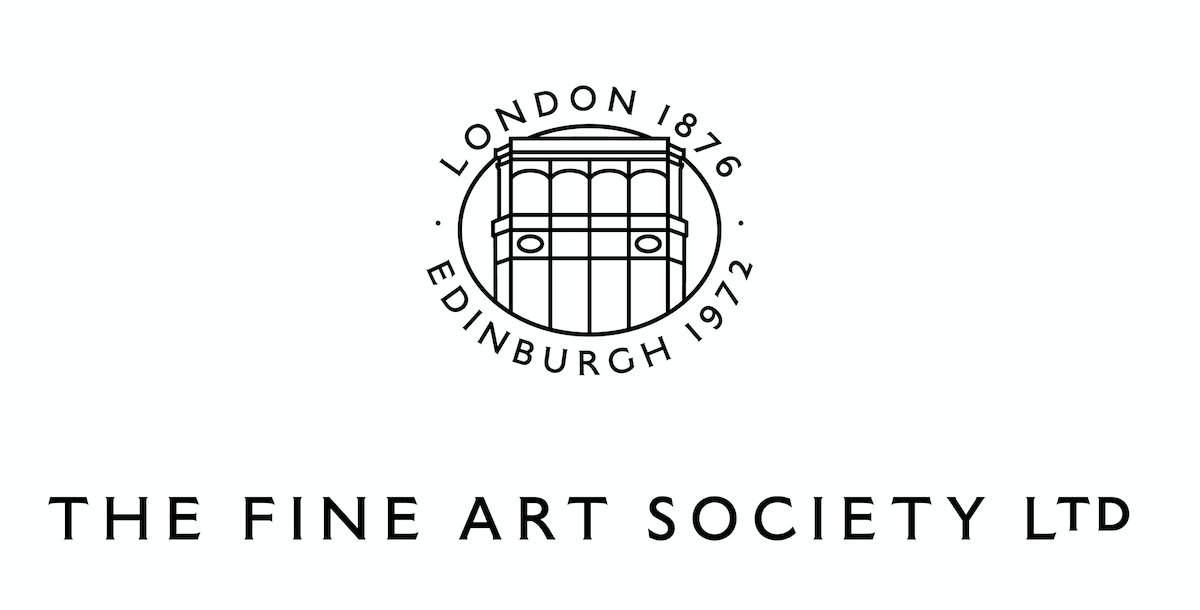Lavery and The Glasgow Boys
No one quite understood why art should flourish in grimy Glasgow at the turn of the twentieth century. Even in eulogies on the ‘second city of the Empire’ there was a sense of wonder at how this could be – how a group of painters known as the Glasgow School should hold such sway in the foreign academies, Salons and secessions of western Europe and North America. Forty years earlier the freakish paintings of the Pre-Raphaelites had been regarded as no more than a curiosity at the first great Paris Exposition Universelle, and now a Scots group whose pictorial etiquette was distinctly un-English, led the mainstream. London critics were askance. It was not just that the ‘Glasgow Boys’, as they were familiarly styled, studied the advanced art of France and Holland, it was that in suave, stylish pictures such as John Lavery’s The Tennis Party they brought new life to the concert of fin-de-siècle art styles. At the same time, this firm grasp on modernity contrasted with the bold, brutishness of pictures like George Henry and EA Hornel’s The Druids, Bringing in the Mistletoe. In the 1890s, there was less of a consensus on the direction painting would take than there had been in the mid-century, and Glasgow, before the advent of Charles Rennie Mackintosh and so-called l’art nouveau, spanned the field and scooped medals and prizes in Europe and America.
- an excerpt from Kenneth McConkey's introduction to the catalogue for this exhibition, shown in both Edinburgh and London









